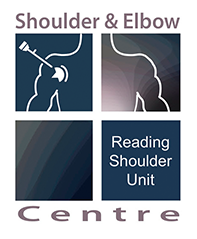Manipulation under anesthesia for primary frozen shoulder: Effect on early recovery and return to activity
Frozen shoulder is still an enigma of shoulder surgery. It is reported that at 2 years from onset, most patients will have recovered whether treated or not. However, the duration of morbidity has major implications for patient function and satisfaction. In view of this fact, we have focused on the early effect of manipulation under anesthesia on shoulder function. We prospectively assessed 39 shoulders in 37 patients who were given the diagnosis of primary frozen shoulder between June 1997 and June 1998 and were treated with manipulation under anesthesia of the affected shoulder. The median preoperative Constant score rose from 24 of 100 to 63 of 100 at 3 to 6 weeks and to 69 of 100 at 3 months. Improvement was maintained at a mean follow-up of 11 months after surgery (range 6 to 18 months). Overall, 94% of patients were satisfied with the procedure. At 3 months 59% (23 shoulders) were rated as having no or mild disability only, 28.2% (11 shoulders) as having a moderate degree of disability, and 12.8% (5 shoulders) as having a severe degree of disability. Of the 5 cases scoring less than 50 of 100 (mean 40) at 3-month follow-up, 1 had unmasked symptoms of a subacromial impingement syndrome that has required further treatment. There was no relationship between the initial Constant score or the initial range of movement after manipulation and the eventual result. We recommend the use of manipulation under anesthetic in primary frozen shoulder to restore early range of movement and to improve early function in this often protracted and frustrating condition.
